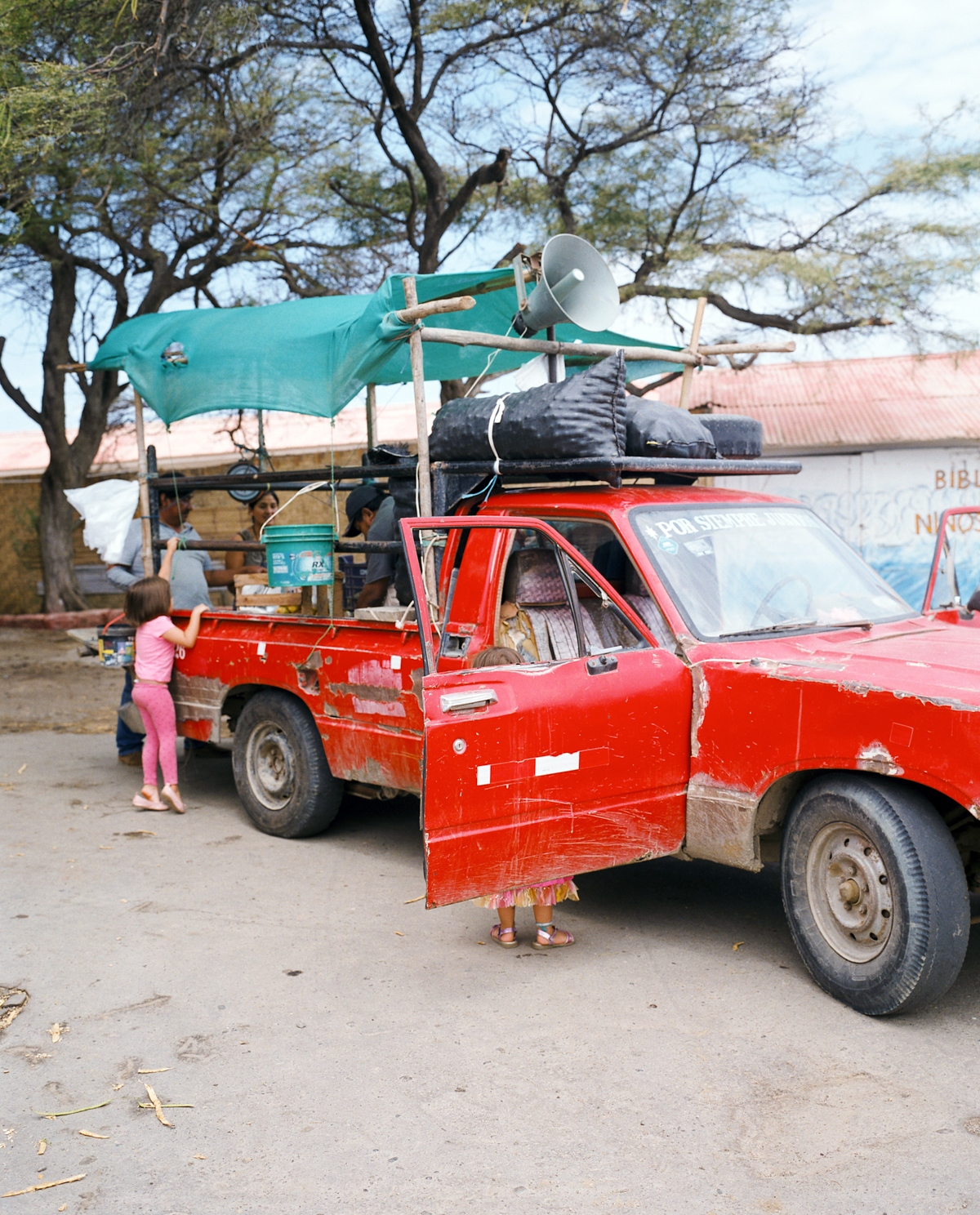The story of Lobitos starts in the early 1900's, with the establishment of the oil industry in the area. The American company Lobitos Oilfields Limited set camp in Lobitos to host leaders and workers of the desalination plant. They brought in wood, built houses and buildings, the plant itself and a church. They also opened the first cinema in South America.
In 1968, with the expulsion of the International Petroleum Company, the camp was left to the Peruvian government. Over the years, it was passed on to the Ministry of Defense, which turned the area into an army site, filling it with barracks. The inhabitants of the fishing village of Lobitos say that the agony of this invaluable industrial heritage began then. The Peruvian military destroyed the houses, the cinema, along with the life of the village and sold the wood and the iron.
The authorities, the local media and even some politicians took the case and denounced the theft and the attacks on this cultural heritage, but the destruction acts continued nonetheless. Today, what is left of the camp are the ruins of the church, the memory of a wharf, the remains of the desalination plant and only a few standing houses.
This is a compilation of images I took during my stay at Lobitos. Walking around the village feels like wandering in a ghost town. There’s a strange feeling of someone staring at you through the windows whilst the sizzling hot weather gently drags you into a state of delirium.











